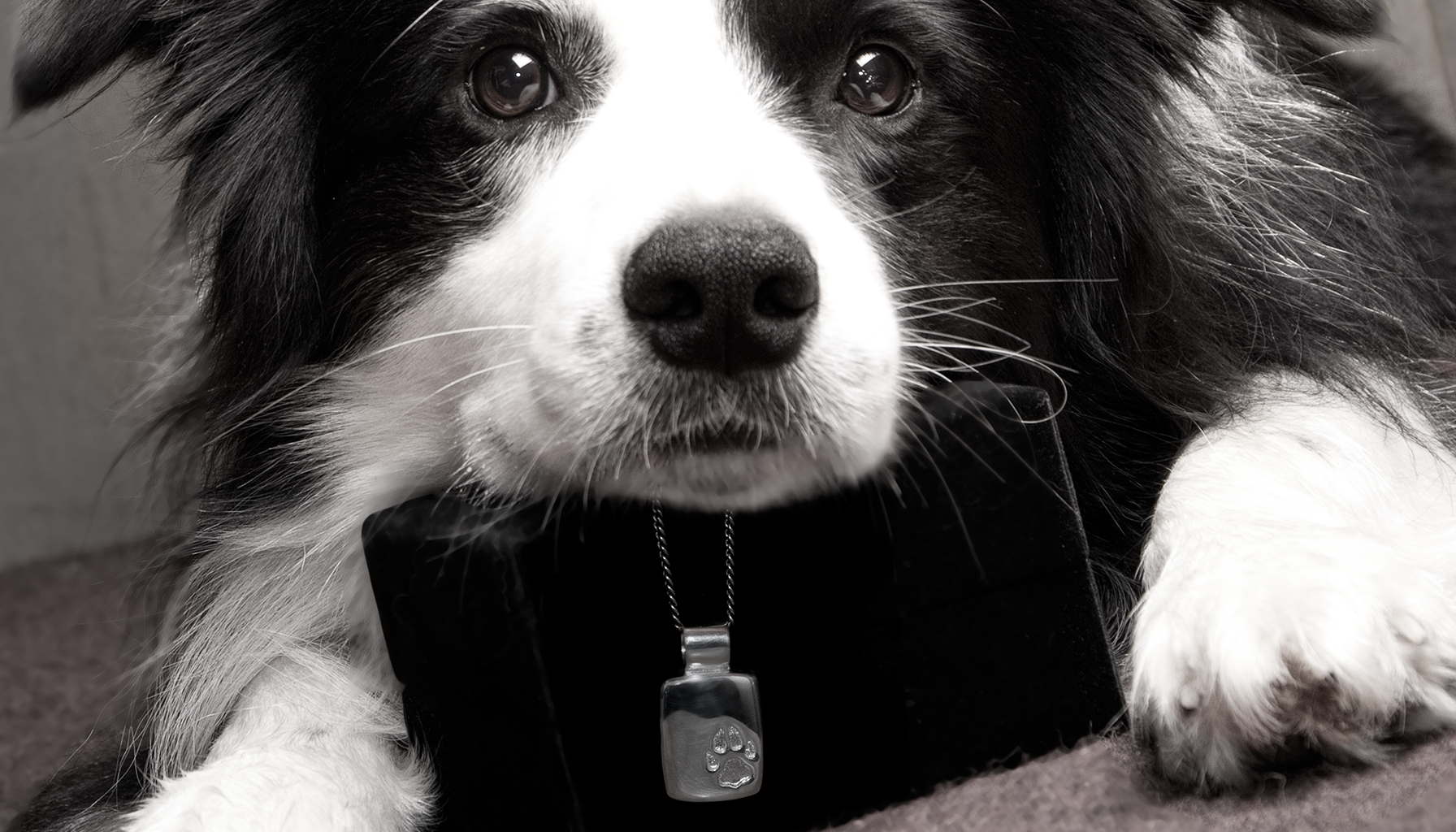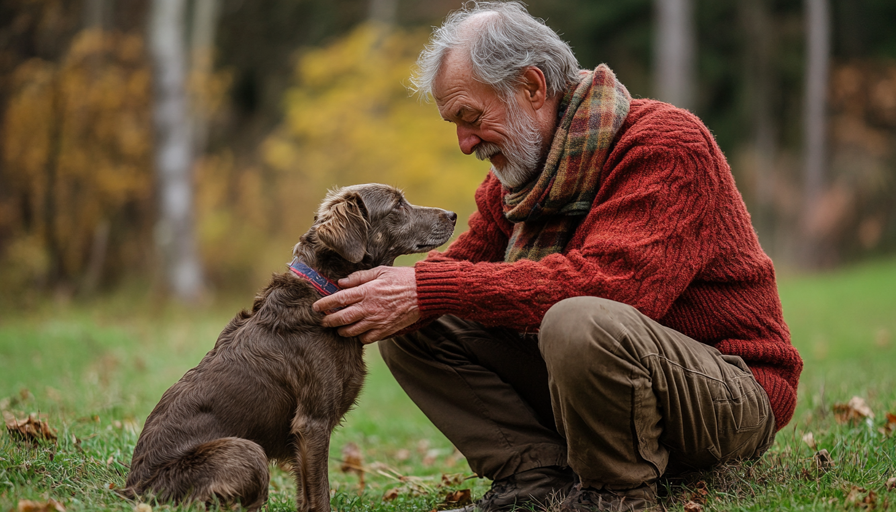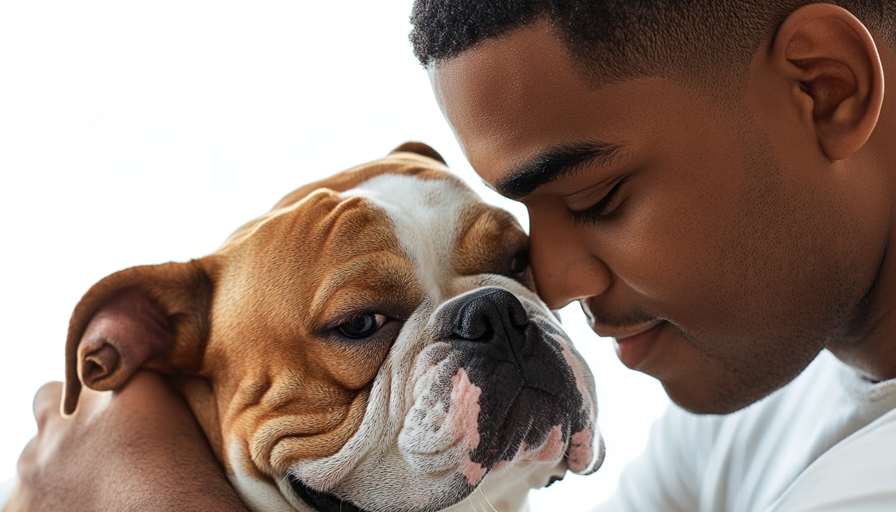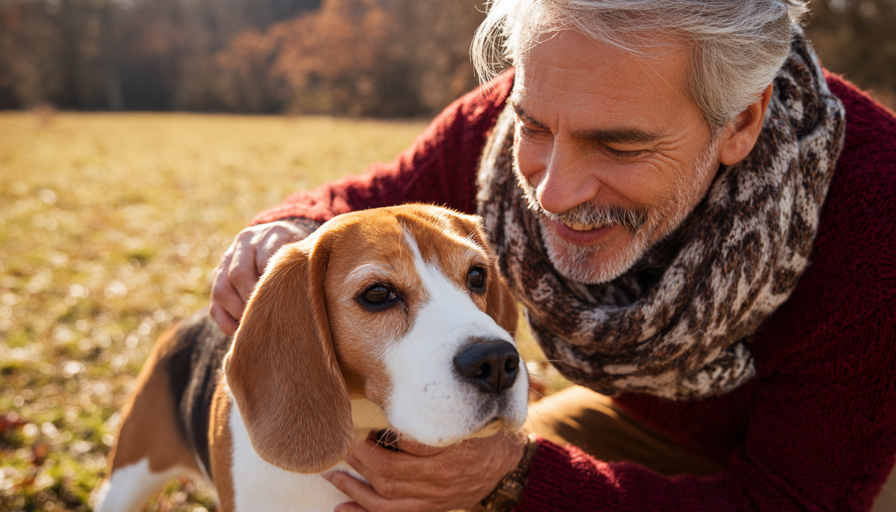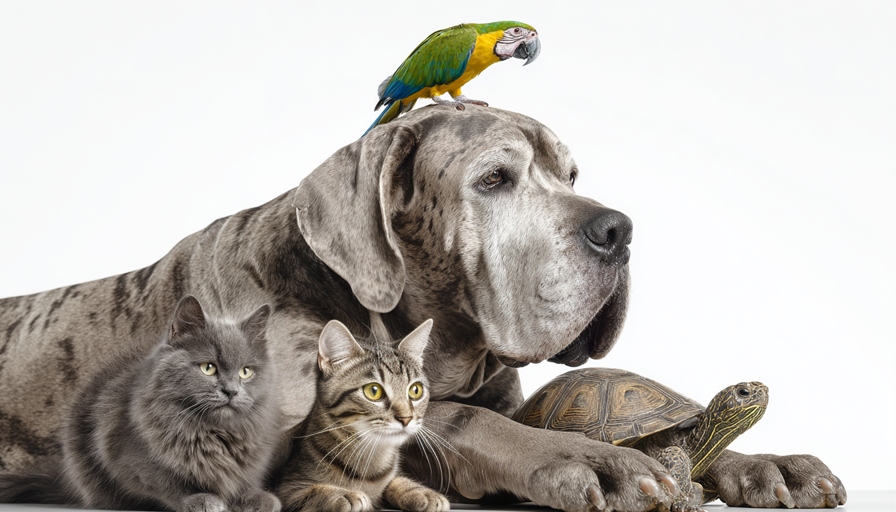Pets, particularly in the United Kingdom and anywhere in the world, are seen as more than just animals by most owners. They are a part of the household and family. In keeping with that fact, a growing trend over the last couple of decades has been for owners to arrange a pet cremation when their beloved cat, dog or other types of pet passes away. While there are a lot of similarities to traditional human cremations if you are new to the whole business. This blog post is for you as we lift the lid on pet cremation, what it is, its history and other vital details to help you decide whether it's the best option for you.
Pet Cremation – A Brief History
In the past, when a pet died, most people would bury their pet in the back garden. Then, during the 1980s, crematoriums started offering simple pet disposal services that vets often provide. Then, over the last couple of decades, there has been a shift in demand for a more human-like service for our furry friends. Even if it's something you've never heard of, you'd be amazed at how many crematoriums offer pet cremation services.
What is Involved in Pet Cremations?
Pet cremations are similar to human cremations. Your deceased pet will be exposed to high heat that turns its body into dried bone and dust. Those remains are then placed inside a machine called a cremulator, which breaks down any fragments of bones. Following this process, magnets are used to remove other items that are not part of your pet's body. These are usually offered back to you, the family of the deceased animal. After that, the ashes are placed into an airtight sealed bag and in either a plastic bag or a special box or placed into an urn, if you have bought one, by the cremator. There will also be an official cremation document that includes all the crucial details, including when it took place and the name of the pet cremated.
Do Pets Get Cremated Alone?
You will find two different options for pet cremation offered by most crematoriums. The first and most common is the communal cremation ceremony, which means your pet's ashes will be included with other people's pet's ashes in a cremation with other animals. Or you have the choice of a private cremation ceremony where your pet is the only animal cremated.
It is important to understand that the other difference between the two is the cost. Single cremation ceremonies generally cost a lot more. However, if you are looking to leave your pet's ashes in the crematorium and are not worried about where they end up, the cheapest and best option for you will be the communal cremation.
At a further additional cost, most British crematoriums will let you watch your pet cremation take place, as it may help you to grieve appropriately for the loss of your animal friend.
How Long Do Pet Cremations Take?
Just as it depends on the size of the person being cremated, the duration of the average pet cremation depends on the size. Generally, pet cremations take between 30 minutes and 5 hours. So, if you are cremating a gerbil, it will be quicker than cremating a horse. The crematorium you decide to hire to take care of the process will be able to provide you more information and accurate details about the length of time it will take. Unless you want to be there in person, you don't have to be there to watch the whole process of the cremation of your pet happen. The crematorium will generally arrange to pass your pet's ashes onto you if you keep them. As many crematoriums collaborate with vets, the vets will often give you the ashes of your pet.
How Much Does it Cost to Cremate a Pet?
This is another aspect of pet cremation that will depend on several factors. The type of the pet, the size of the pet and if you want to do a single or communal cremation. For more information on how much it is likely to cost to have your particular pet cremated, it is best to contact your local crematorium.
How to Choose a Pet Crematorium
We are currently seeing a surge in demand for and interest in pet cremations. That means an increased number of places that offer the service and the process. What you need to understand, though, is that pet cremation is still an unregulated practice. To find a reputable crematorium to take care of your pet's cremation. You should look at the APPCC, as all the crematoriums listed, there, have to follow a strict code of conduct that ensures you will receive the best level of care and service for you and your deceased pet.
What Should You Do With The Ashes?
Like many things related to pet cremation, the decision of what you should do with your pet's ashes is an individual one that only you and your family can make. The majority of pet crematoriums and crematoriums that offer pet cremations offer the choice of leaving the ashes with them to be scattered in their own memorial garden or, if you buy a pet urn, give them back to you. There are special dog urns and cat urns for sal. Some will also offer the option of taking them home in a simple, airtight, sealed bag to avoid buying an urn.
Crucially, you will also be given a cremation certificate that details your pet's name and the date they were cremated. You should hold on to this, as you may need it if you are planning on travelling abroad to scatter the ashes or hand them on to a loved one.
Laws Regarding Pet Cremation and Ashes
There are reasonably loose and flexible rules in the UK regarding pet cremation, pet ashes and cemeteries. For a pet crematorium to be fully compliant with UK law, they need to be accredited by the Animal and Plant Health Agency, or ALPHA for short, to ensure they meet the standards set out by the British government.
Concerning the law, you are free to scatter a pet's ashes on land you own and water that is part of your own land. You can often find that some pet crematoriums or crematoriums offering pet cremations have scattering tubes and water urns, making the process much more manageable.
If you are looking to scatter your pet's ashes on land you don't own, it is best to ask permission from the owner. However, this is generally optional if you scatter your pet's ashes in a well-secluded space and away from others. Similarly, if you are looking to bury your pet, it is basically the same idea. It is commonplace for pet owners to plant a flower, plant, or even a tree at the place where they scatter ashes or bury them.
It can be just as sad to lose a beloved pet as a beloved human family member. That is why there is a growing interest in giving your pets the sendoff they really deserve by choosing to have their remains cremated and then scattered or buried. It would be best if you made many decisions, but we recommend taking your time. If you need any help or advice about anything to do with pet cremation and scattering your pet's ashes that have not been covered on this page, please don't hesitate to reach out to one of our team.

